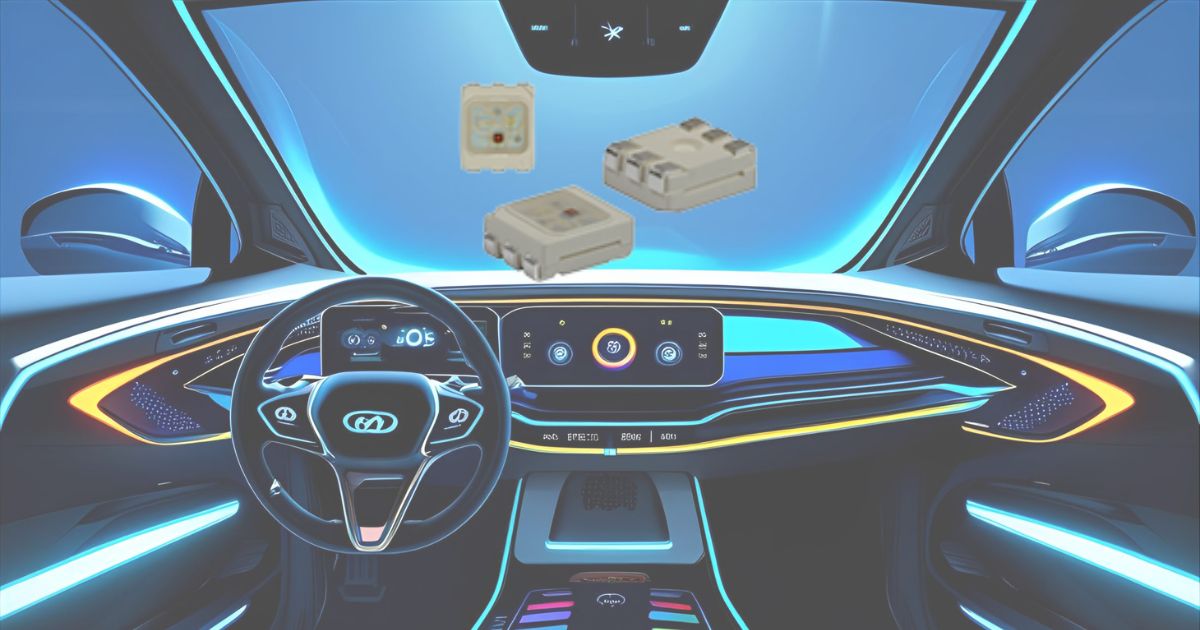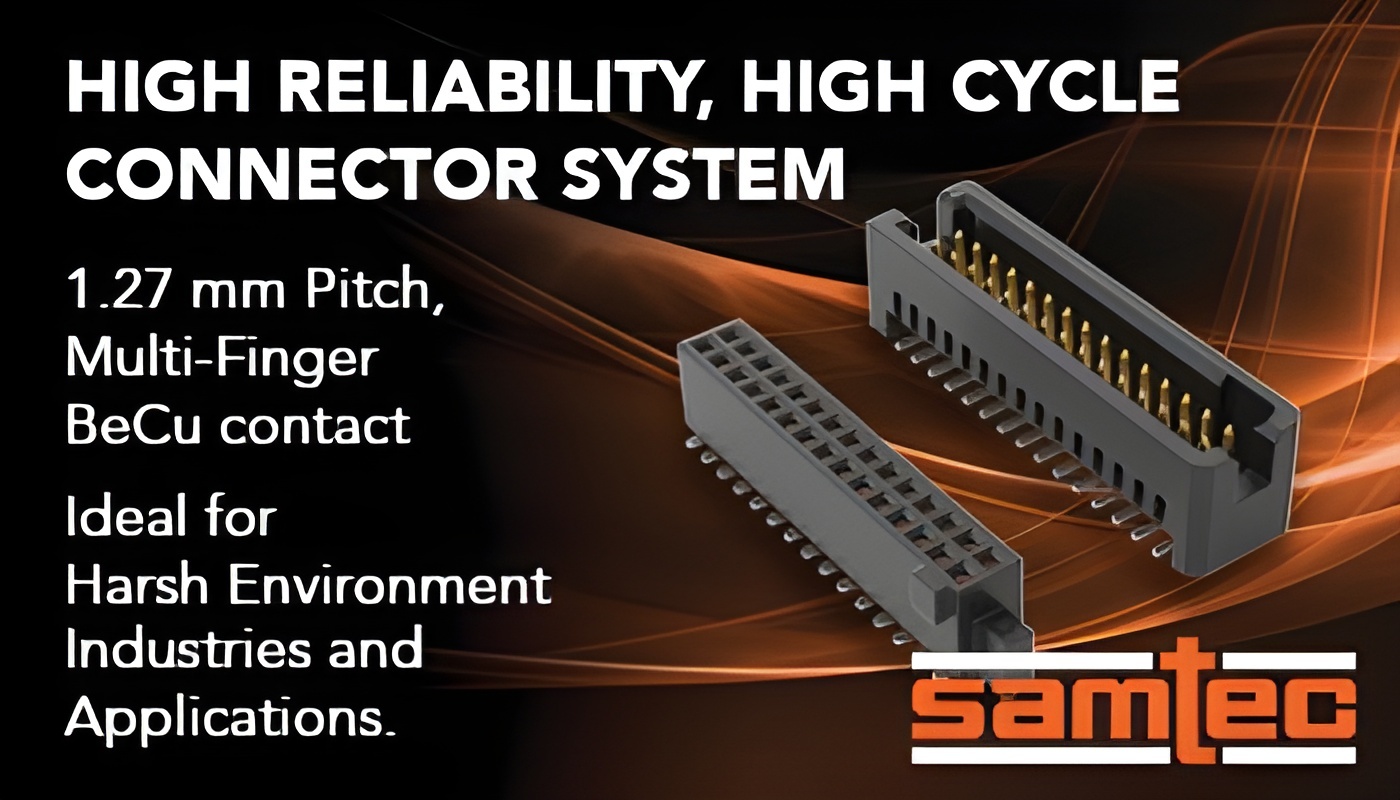

Vishay Intertechnology has introduced a new tricolor surface-mount LED designed to offer precise colour control and higher brightness in automotive and industrial designs. Housed in a compact PLCC-6 package, the VLMRGB6122 series allows engineers to control the red, green, and blue chips independently, enabling a full RGB colour range via mixing.
The LED includes separate anode and cathode pins for each colour channel, providing direct control over individual chip intensity. This makes it suitable for ambient and accent lighting, dashboard symbols, RGB indicators, and decorative elements in applications where dynamic colour output is a requirement.
dimensions of just 3.5 mm × 2.8 mm × 1.4 mm, the device’s compact size allows it to be easily integrated into dense PCB layouts. Despite its footprint, it delivers luminous intensities of up to 2800 mcd for green, 1400 mcd for red, and 450 mcd for blue at 20 mA.
This LED isn’t just about colour flexibility, it’s also designed to hold up in harsh environments. The VLMRGB6122 series is AEC-Q102 qualified, supports a wide temperature range of –40 °C to +110 °C, and meets Class B1 corrosion resistance standards. It also withstands ESD strikes of up to 8 kV on the green and blue chips, and 2 kV on the red, making it suitable for applications exposed to electrical stress.
Vishay’s use of AllnGaP and InGaN technologies allows this new LED to deliver up to 70% higher brightness compared to previous-generation parts. It’s also roughly 22% thinner than many competing solutions in the same performance class. According to Vishay, the device is fully compliant with RoHS and halogen-free directives, and supports IR reflow soldering for automated assembly.
Automotive dashboards, switches, and mood lighting
Full-colour video and message boards
Backlighting for consumer electronics and appliances
Medical instrumentation and telecom equipment
General RGB indicators or decorative lighting
Samples and production volumes are available now, with lead times of approximately 17 weeks.
Read the original article on www.vishay.com.

